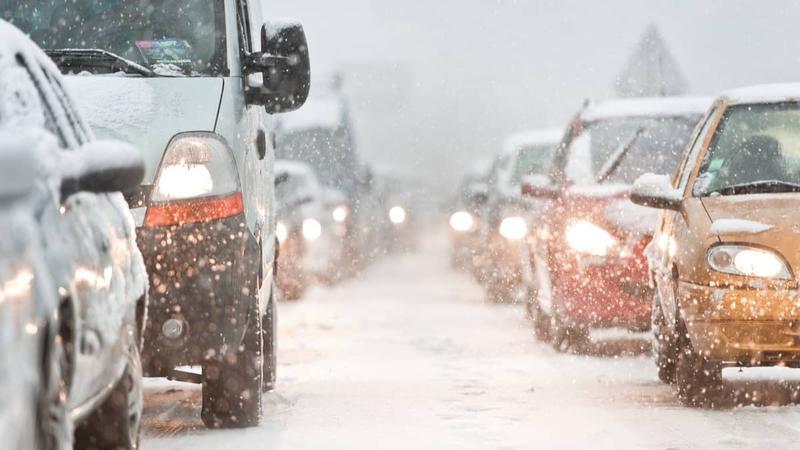Winter driving requires considerable caution, attention, and concentration. Ice, snow, and winter weather can increase the odds of an accident. Factor in bad winter driving habits and the odds increase even more. Break these top ten winter driving habits now for a safer season behind the wheel.
1. Braking too late. Slippery roads require more careful braking, and require you to start braking earlier than you would on a dry road. Pay close attention to traffic changes and lights ahead, and brake early to allow for slick surfaces.
2. Following too close. Allow more distance between yourself and the car in from of you so that if the roads are icy, you can avoid a potential rear-end collision.
3. Going too fast for road conditions. Winter road conditions require slower speeds due to snow and ice on the roads and reduced visibility. Slow down in bad weather.
4. Cornering too quickly. Taking a turn too fast in slippery conditions all too often results in loss of control of the car. Take turns slowly and carefully, and approach them at a slower speed.
5. Running red lights. This is a bad habit at any time of year, but in the winter it’s even more dangerous. It’s important to approach intersections carefully, brake early, and obey traffic signals especially when roads are icy or visibility is poor, as another driver might not see you or be able to stop in time.
6. Failing to use turn signals. It’s even more important in the winter to use your turn signals and be sure other drivers are aware of your intentions, whether changing lanes or turning a corner. They’ll need more time to stop or slow down on icy roads, so signal early.
7. Not keeping windows and lights clean and clear. This habit comes in before you even get behind the wheel. Clear all windows of snow and clean your lights regularly as well. Don’t be tempted to pull out of the driveway before your windows have been defrosted, as it reduces visibility.
8. Not checking weather and road conditions. Being aware of what’s going on out there is vital to driving safely and arriving safely. Always check the weather forecast before you head out, especially on the highway, and be sure you’re aware of any road closures that could affect your route. Know when to stay home or pull over, especially on long trips.
9. Not changing to winter tires. Winter tires greatly increase your safety on the road during the cold months. Change them when temperatures head towards freezing, and be certain that you check the air pressure regularly to ensure they are properly inflated.
- Related Read: Proper Tire Inflation 101: How to Check Tire Pressure
10. Distracted driving. Winter road conditions require even more attention and concentration than when roads are dry. Put away your cell phone and remind passengers to ride quietly so that you can concentrate. Have a passenger adjust the radio or climate control in the car so you can keep both hands on the wheel. Distracted driving is a top cause of accidents, and in the winter it’s an especially bad habit that needs to be broken.
